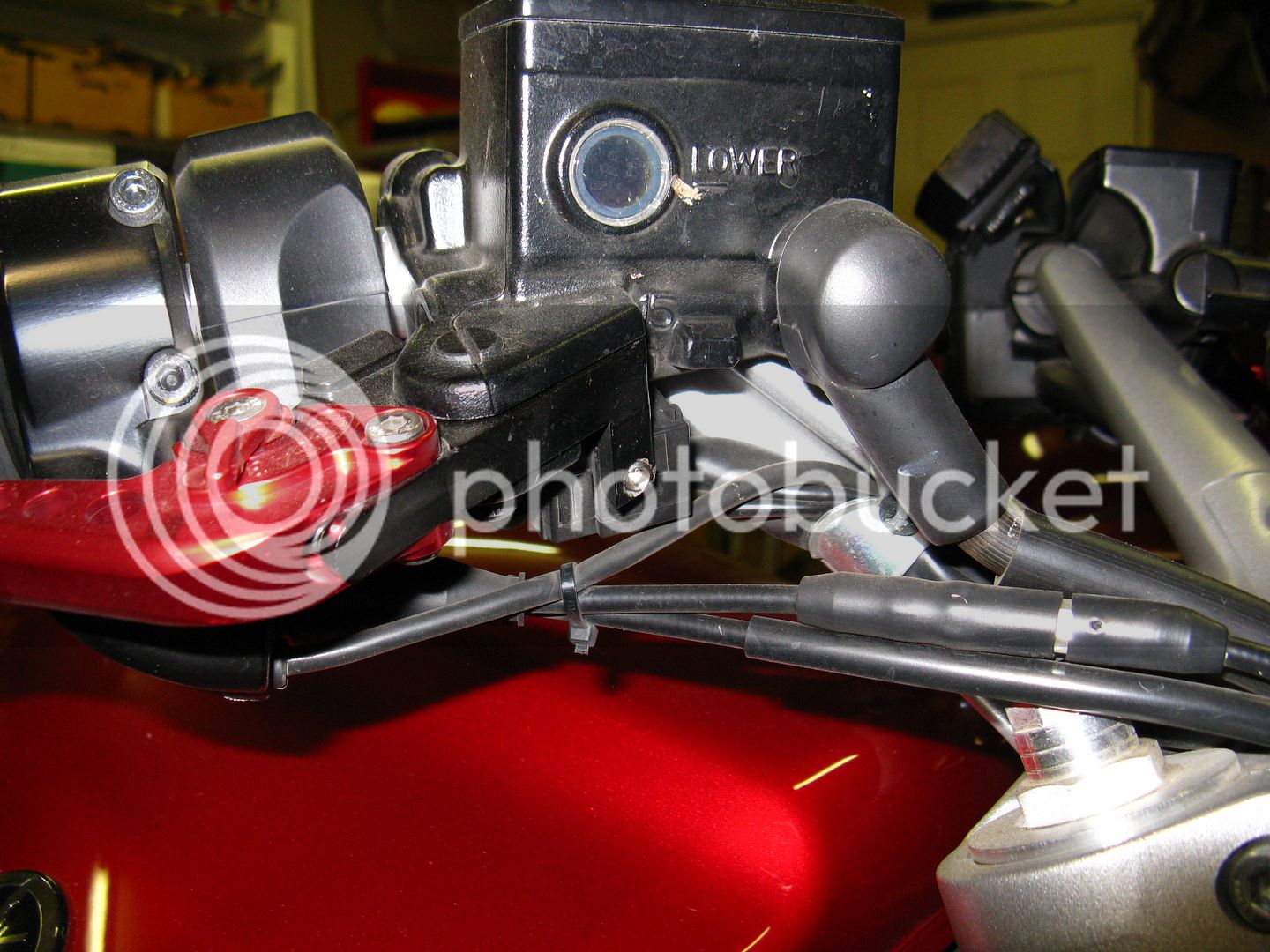mikerider
Well-known member
I have a 2014A. I like to have the front brake lever turn on the brake light at a lighter touch than what it is.
So I drilled a small indentation on the lever where the front brake switch pushes against. Then it took only 1-2mm of lever to trigger the brake light before the brake engaged. Good. But then I noticed that the cruise didn't engage anymore, since it considered the front brake was on (even though the brake light wasn't on when the lever was released).
Is there a way to have the front brake lever trigger the brake light sooner without affecting the cruise?
I guess not. But it doesn't hurt to ask
I already filled the indentation with JB Weld to restore everything
Thanks.
So I drilled a small indentation on the lever where the front brake switch pushes against. Then it took only 1-2mm of lever to trigger the brake light before the brake engaged. Good. But then I noticed that the cruise didn't engage anymore, since it considered the front brake was on (even though the brake light wasn't on when the lever was released).
Is there a way to have the front brake lever trigger the brake light sooner without affecting the cruise?
I guess not. But it doesn't hurt to ask
I already filled the indentation with JB Weld to restore everything
Thanks.




